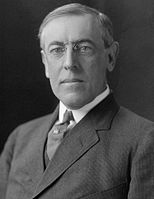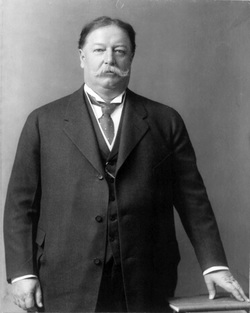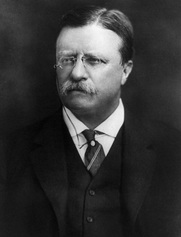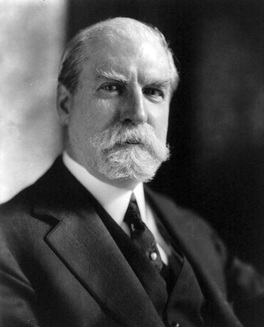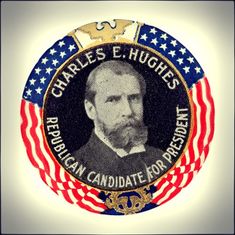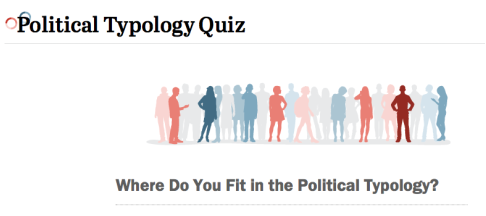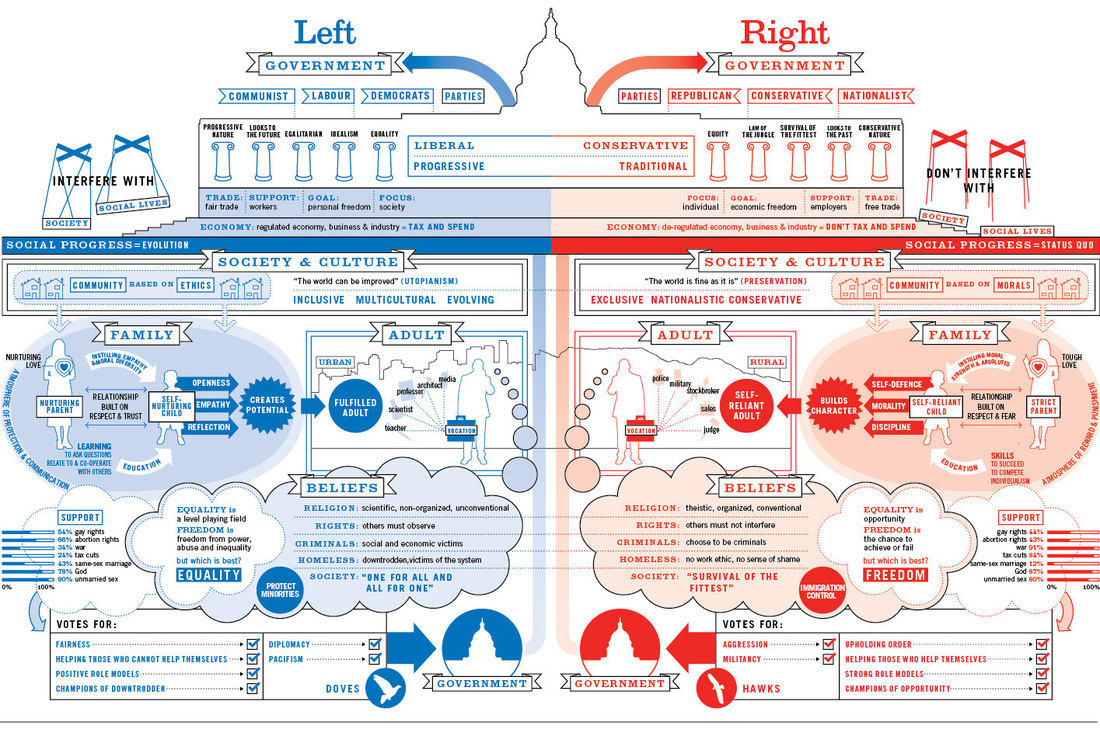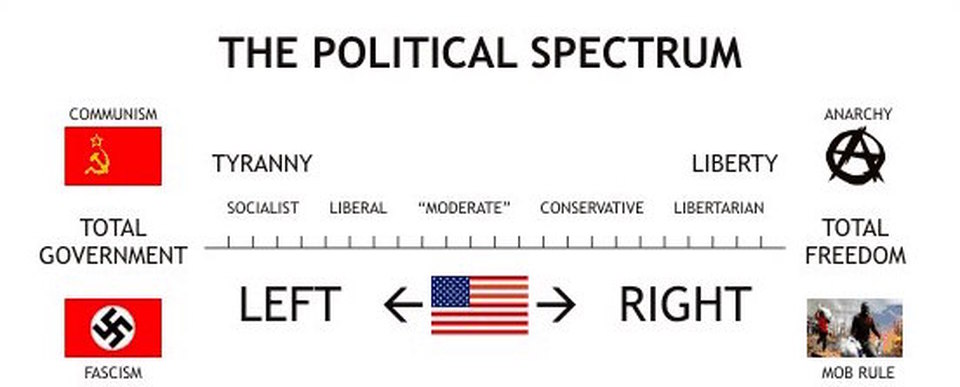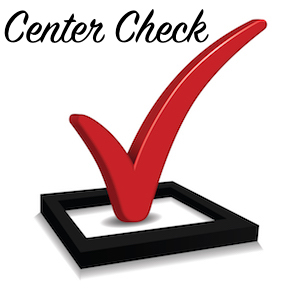AMERICAN ISOLATIONISM
READ ABOUT IT!
Welcome to the American Isolationism During World War I Virtual Center. The first thing your group needs to do is read about American Isolationism before World War I. After you read, you need to work together to complete the American Isolationism Policy Center Page in your Lesson Chronicles.
THE ELECTION OF 1916
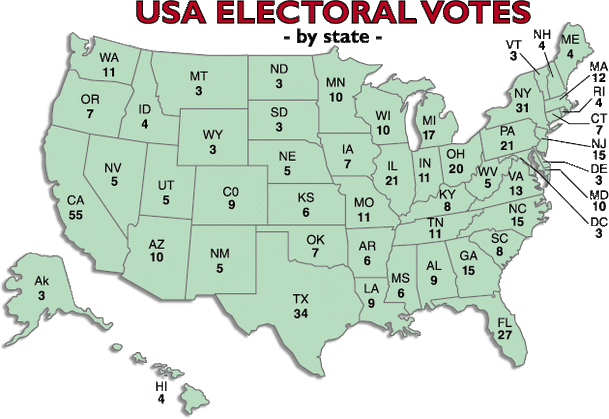 A map showing each state's number of electoral college votes
A map showing each state's number of electoral college votes
Wilson’s supporters warned the public that if Hughes was elected, Roosevelt and the Republican party would convince Hughes to become involved in the war. One campaign advertisement read, “You are working – not fighting! Alive and happy -- not cannon fodder. Wilson and peace with honor? Or Hughes with Roosevelt and War?” While Wilson didn’t explicitly promise to keep the country out of the war, many voters “heard that message.” Wilson won by a narrow margin: 277 to 254 in the Electoral College and fewer than 600,000 popular votes.
ANALYZE IT!
In today's Analyze It Activity, you will analyze the different views of Democrats and Republicans. To begin, each student will take the political typology quiz to find out what your own political view is. I will read each choice to you and explain what they mean in kid language. You will answer 23 survey questions to determine your political view. Then you will copy the Democrat vs. Republican Chart into your Lesson Chronicles. To get started, click on the icon below. I have created a group page that will average everyone's results to show the overall political view of the sixth grade class at Moody Middle School.
Pictographs
The following pictures are pictographs that help to further explain the differences in Democrats and Republicans and the spectrum of political views. Look over these in your groups. Write down any questions you have about Democrats and Republicans for class discussion.
Democrat vs. Republican
Below you will see a chart showing the views and beliefs of republicans and democrats. Copy the chart into your Lesson Chronicles. This information will be on your test.
|
Topics and issues
|
Democrats
|
Republicans
|
|
Overall Views
|
|
|
|
Views About Government
|
|
|
|
Views About the Economy
|
|
|
|
Views About Taxes and Services
|
|
|
|
Views About Society
|
|
|
|
Views About Immigration
|
|
|
PROVE IT!
You just learned about American isolationism before World War I and you analyzed the differences between democrats and republicans. Now you need to show off what you know. Complete the Center Check by clicking on the Center Check Icon below and answering the questions.
CENTER COMPLETE!
You have completed the American Isolationism Center. Click on the button below to go back to the Lesson 3 - America Enters World War I.


